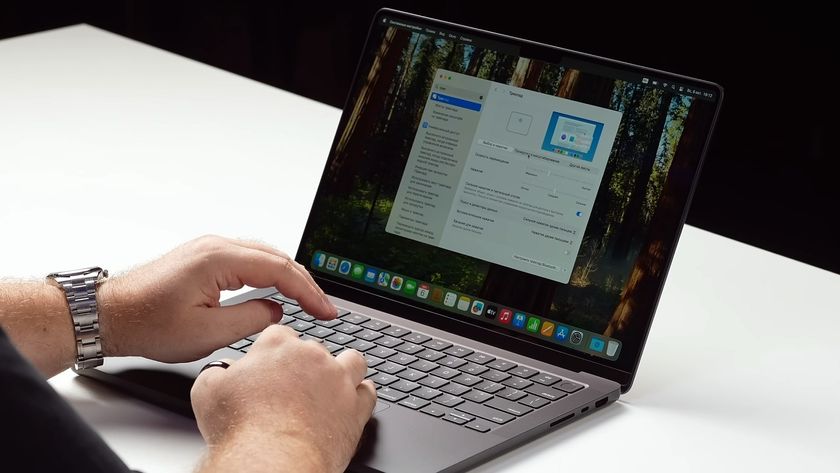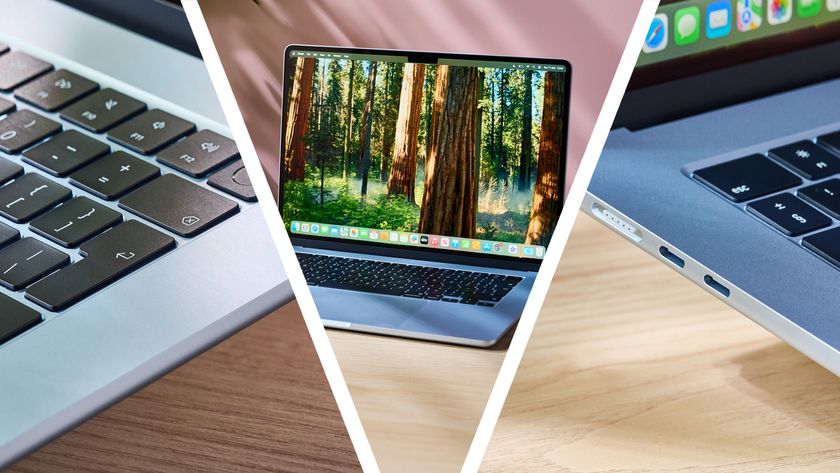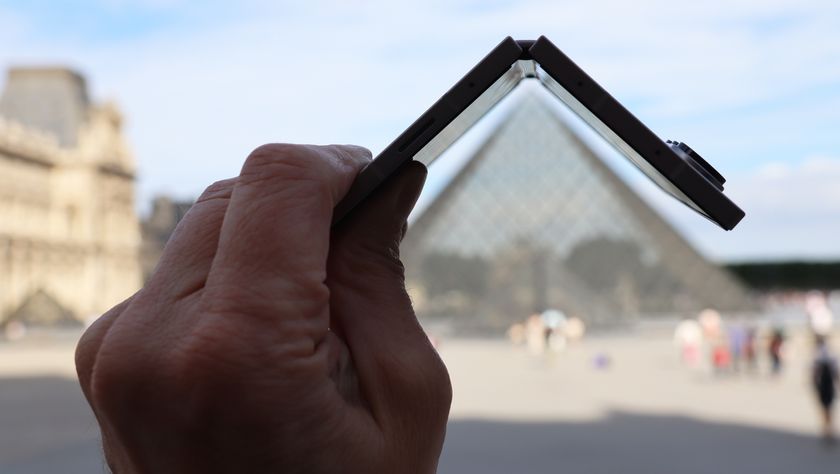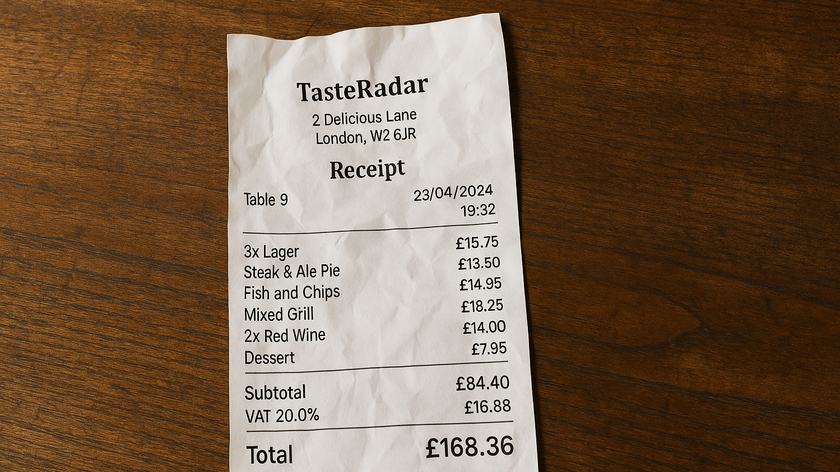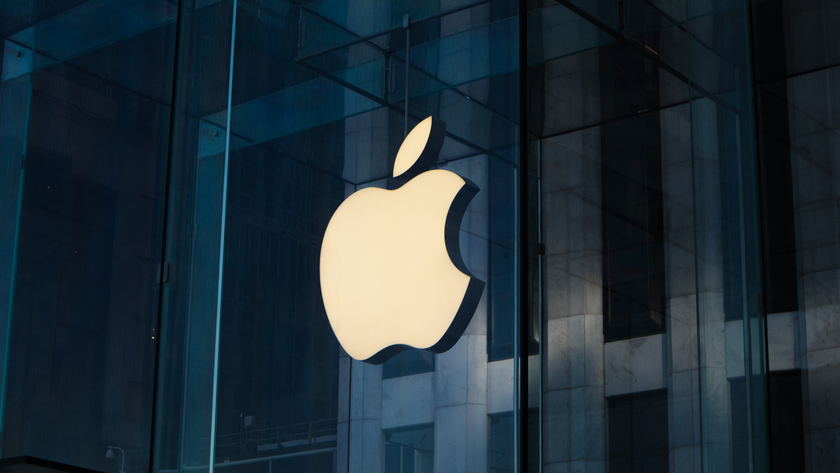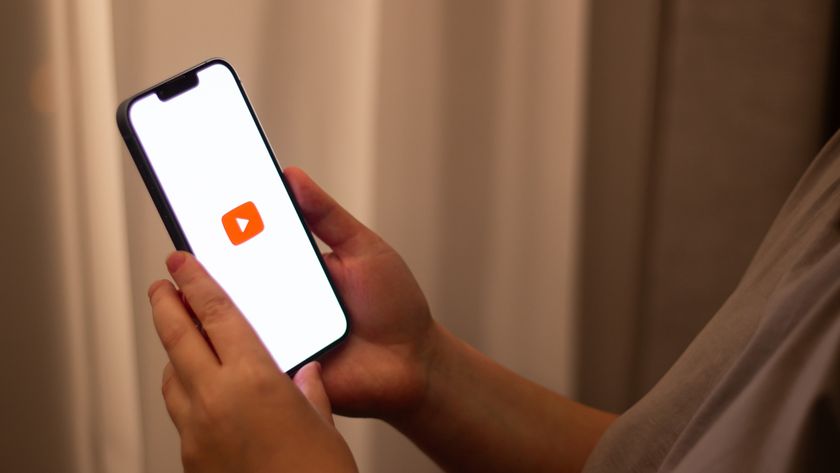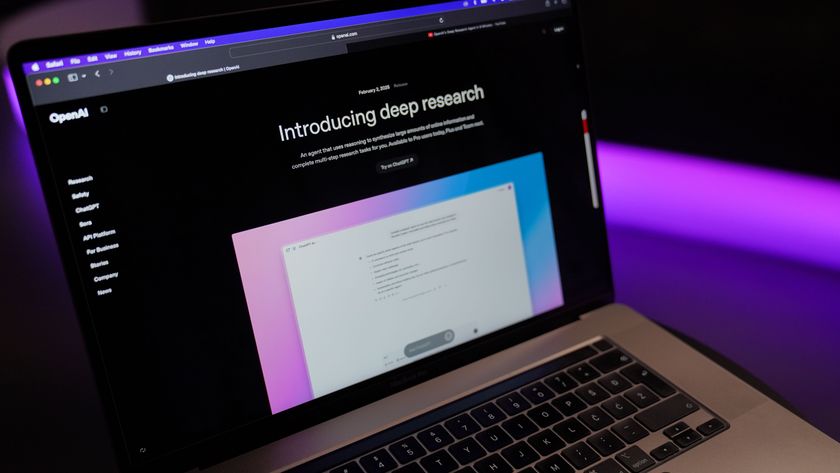This risky $15 hack could stop your M2 MacBook Air from overheating
Someone has fixed the new MacBook Air’s biggest problem – but should you try it?
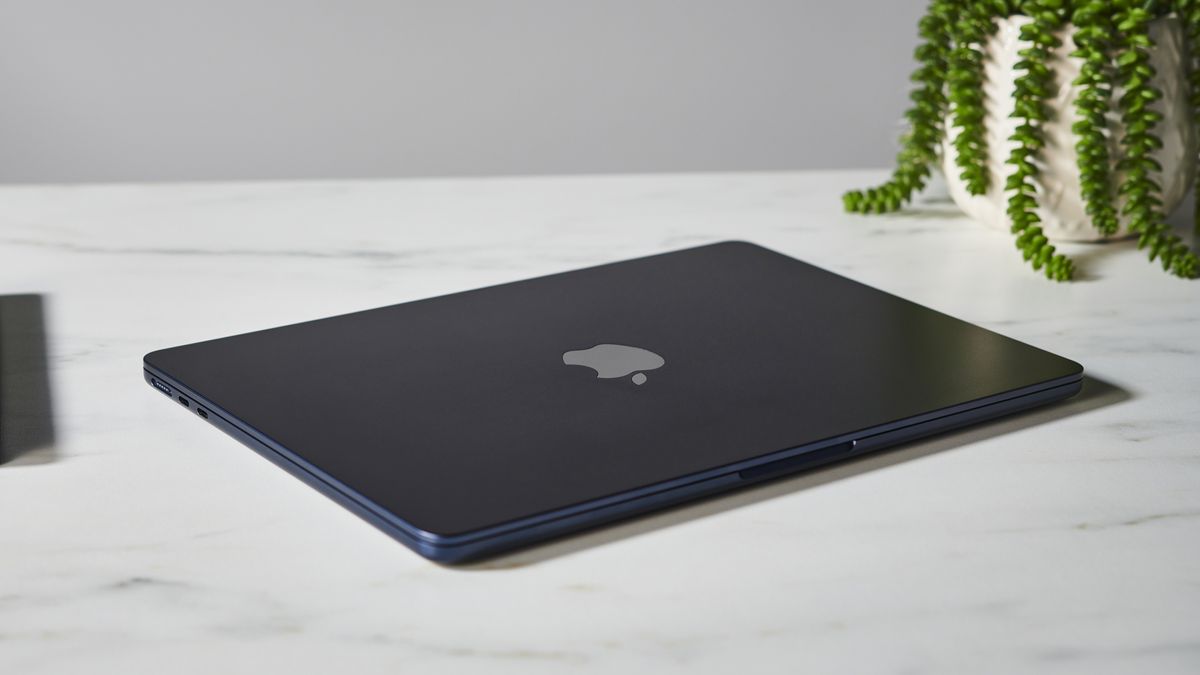
There have been some reports that the new MacBook Air (M2, 2022) has overheating issues, due to the fact that its fanless design struggles in certain conditions, but a cheap – and risky – hack could fix it.
While we didn’t encounter any overheating problems during our review of the new MacBook Air, it seems some people are reporting issues where the heat of the MacBook Air gets too high, which causes the laptop to lower its performance – known as throttling – to prevent serious damage.
Unlike most laptops, the MacBook Air (M2, 2022) doesn’t come with built-in fans, instead using a heatsink to keep the internal components cool. While this solution means the MacBook Air is thinner and lighter than many other laptops, while also running completely silent, it also means it has a tougher job keeping cool, especially if the ambient temperature it’s used in is also very hot.
However, YouTuber Max Tech has seemingly found a cheap solution to this problem by opening up the MacBook Air and adding thermal pads on top of the MacBook Air’s heatsink. Best of all, this costs just $15.
The results look promising, with the MacBook Air taking much longer to heat up after the thermal pads were added, with the MacBook Air taking one minute 23 seconds to reach 108 Celsius. Without the modification, it was taking just 28 seconds to reach that temperature.
As the video, which you can view above, demonstrates, this has a positive impact on the MacBook Air’s performance, as it was able to last longer performing intensive tasks before throttling performance.
The MacBook Pro 13-inch (M2, 2022) doesn’t have this issue, as while it features the same M2 chip as the new MacBook Air, it has built-in fans that help keep it cool.
Get daily insight, inspiration and deals in your inbox
Sign up for breaking news, reviews, opinion, top tech deals, and more.
So, it seems this cheap fix does work. But, should you try it?
Analysis: Should you attempt this MacBook Air fix?
Short answer: No. Long answer: Noooooooooooooo.
Slightly more useful answer: Despite this $15 fix seemingly making a difference, we strongly advise about trying it yourself. It’s not that it’s particularly difficult to perform – on the contrary, it’s actually quite easy, as you just unscrew the four screws on the back of the MacBook Air, open it up and place the thermal pads on the heatsink.
It seems like adding more thermal paste to the logic board could also help, but that is a far more risky and time-consuming endeavor.
So, why do we suggest you don’t try this fix? For a start, opening up a device always has an element of risk to it, and you may accidentally damage sensitive electronics while attempting this. Also, if you incorrectly add the pads, it could end up making the overheating issue even worse, and could cause serious damage to your laptop.
Most importantly, opening up the MacBook Air and trying to fix it yourself will almost certainly void the warranty. If that happens, and you need to take it in for repair by Apple, you may find you’re no longer covered by the warranty, and could end up spending a lot of money to get it fixed.
If this issue is indeed widespread, we imagine Apple will be looking into an official fix, which could even involve physical repairs or replacement. This should be offered for free under warranty – and if you’ve tried an unofficial fix this may mean you’re no longer eligible.
For the time being, then, we’d recommend you hold tight and wait to see if Apple has a response. One thing the company might argue, however, is that the MacBook Air is not designed for intensive tasks, which is what the MacBook Pro 13-inch is designed for.
Via Wccftech

Matt is TechRadar's Managing Editor for Core Tech, looking after computing and mobile technology. Having written for a number of publications such as PC Plus, PC Format, T3 and Linux Format, there's no aspect of technology that Matt isn't passionate about, especially computing and PC gaming. He’s personally reviewed and used most of the laptops in our best laptops guide - and since joining TechRadar in 2014, he's reviewed over 250 laptops and computing accessories personally.
